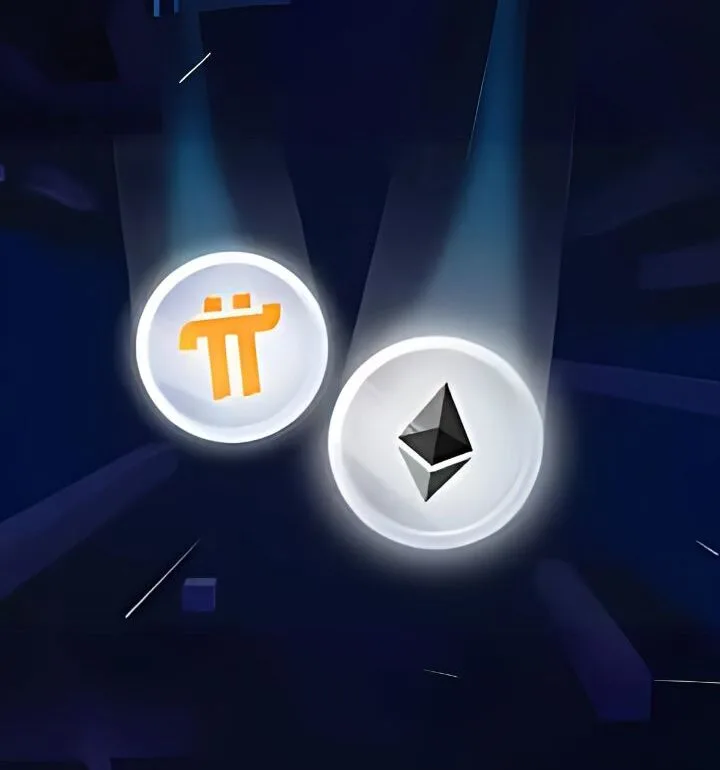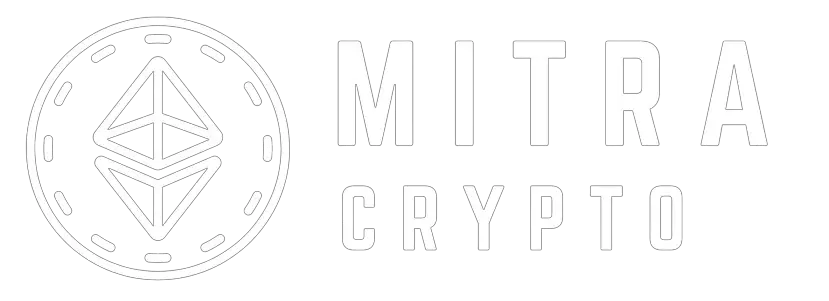Pi Network Trends on X Again, But Skeptics Still Question Its True Value!
Pi Network, a cryptocurrency platform that emerged in 2019, has once again gained significant traction on social media, particularly on X (formerly Twitter). The platform has captivated many with its rapidly growing user base, sparking discussions within the cryptocurrency space. However, despite the buzz, numerous questions linger regarding the platform’s true worth and its sustainability as a long-term crypto project.

One of the defining aspects of Pi Network is its unique mining approach. Users can mine Pi Coin directly from their mobile phones, making it easy for anyone to participate without needing expensive equipment. This innovative feature has drawn millions of users, with Pi Network reporting over 70 million participants by 2025. As more users join, Pi Coin has consistently trended on X, generating curiosity and excitement in the crypto community. Yet, with the excitement, the question arises: Will Pi Network truly deliver value, or is it merely another fleeting trend in the crypto space?
While Pi Network enjoys a large following, it faces skepticism from many in the crypto world. One significant concern is its referral-based system, where users are rewarded for bringing new people into the platform. Some critics have drawn comparisons to pyramid schemes, which are often unsustainable in the long run. If the influx of new users slows down, the platform might struggle to maintain its value. This has left some questioning whether Pi Coin will ever have genuine utility or whether the platform will simply fizzle out once the novelty wears off.
Another major concern is the ongoing delay in Pi Network’s mainnet launch. The mainnet is crucial for the success of any blockchain project, as it marks the transition from testing to a fully functional, live system. Without a mainnet, Pi Coin’s value remains speculative. The project has yet to deliver on this essential milestone, raising doubts about its ability to operate as a legitimate cryptocurrency. Until the mainnet is fully launched and operational, it’s difficult to determine whether Pi Network will truly be able to compete with established cryptocurrencies.
Moreover, the lack of transparency around Pi Network’s leadership and financial backing raises further concerns. Unlike other well-known blockchain projects that are backed by clear leadership and financial resources, Pi Network has kept details about its team and funding under wraps. This has led to speculation about its authenticity and whether it will ultimately deliver on its promises. Without proper insight into its structure, Pi Network’s credibility is still up for debate.
Despite these concerns, Pi Network continues to trend on social media, indicating that interest in the platform is still strong. However, the project’s vast user base alone doesn’t guarantee its success. Pi Network must address these doubts and prove that it has a viable long-term strategy to stand out in the crowded world of cryptocurrencies.
In conclusion, while Pi Network continues to trend and gain traction, skepticism about its long-term value and legitimacy remains. The platform has a long road ahead to prove it’s more than just a passing trend. Its ability to overcome these challenges and deliver real value will determine whether Pi Network becomes a significant player in the world of digital currencies or fades into obscurity.













